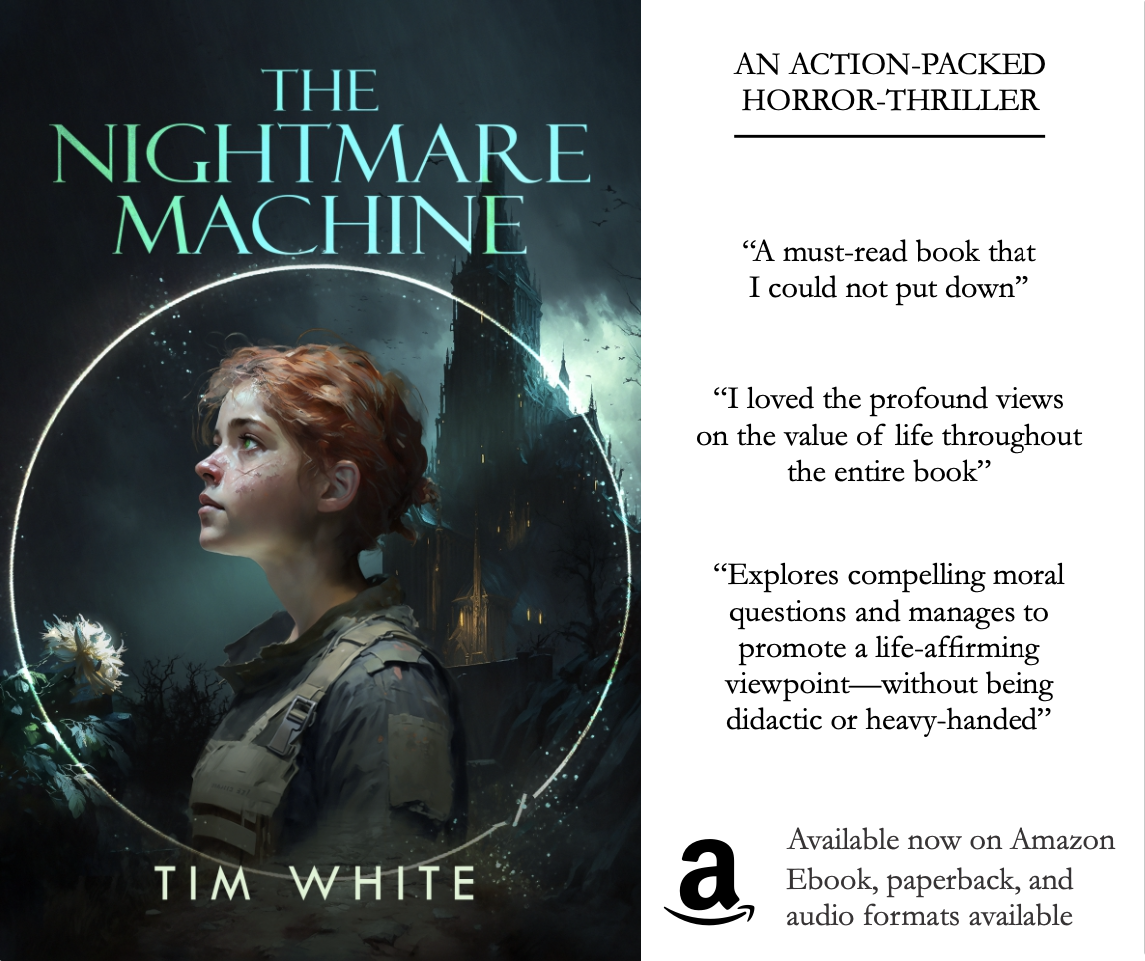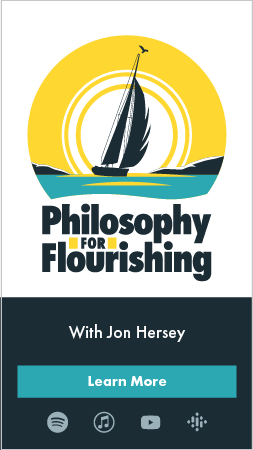 The Dictionary of Human Form, by Ted Seth Jacobs. Santa Fe: Mariposa Press, 2011. 819 pp. $150.
The Dictionary of Human Form, by Ted Seth Jacobs. Santa Fe: Mariposa Press, 2011. 819 pp. $150.
Reviewed by Daniel Wahl
Ted Seth Jacobs painted The Open Window—one of the most beautiful paintings of the twentieth century. He taught Jacob Collins and Tony Ryder—two of the realist movement’s most influential teachers. And he has written three books on art—Drawing What the Eye Sees, Light for the Artist, and The Dictionary of Human Form.
This last is his latest, and it is arguably one of the greatest books of art instruction ever written. In fact, with more than twenty-five hundred drawings and diagrams on the structure of human form, no other book comes close to being as detailed and as comprehensive.
Most books about how to render the human form focus on anatomy. But Jacobs, who has a unique view on this issue (and many others), does not think the study of anatomy is necessary or helpful for artists. He says, for example:
Anatomy gives a picture of the skeletal system, of where muscles originate and insert, and their names and functions. I have talked with doctors and biologists, and both have assured me that the appearance of muscles in a dead dissected body is entirely different from that of a living subject. Perhaps that is why, most often, muscles drawn in anatomy books resemble skinny, attenuated, paramecium forms. (p. 10)
And:
I have not seen all the extant anatomy books for artists, but I have never seen one with what I would consider a mastery of drawing. Anatomy is more applicable to scientific disciplines than to the needs of the artist. Most commonly lacking in anatomy books and courses, is the sense of the special three-dimensional shapes of forms on the surface of the body. (p. 10)
And:
If you know anatomy as thoroughly as a doctor, but don’t know structure, you will not be able to draw correctly. If you don’t know any anatomy, but thoroughly understand structure, you will be able to learn to draw like an old master. (p. 1)
The Dictionary of Human Form is thus not at all about anatomy; its focus is structure. Jacobs defines structure, most broadly, as “the way in which living organic forms are organized” (p. 7). He then explains why studying the structure of the body is of value to artists: . . .














